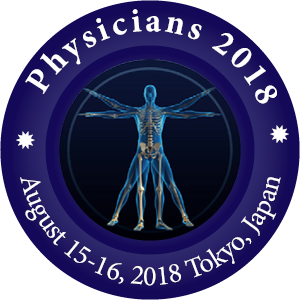Rupambika Sahoo
Manipal University, India
Biography
Background:
Social participation plays a significant role in the maintenance of health and well - being and it is essential for children as they gather knowledge and develop social skills through interactions with other people. Social participation is a major concept for occupational therapists as impairment in social participation results in problems with engagement in age-appropriate occupations.
Statement of problem:
Children with cerebral palsy have restricted social participation due to motor difficulties, cognitive and speech delays, and other associated problems. However, social participation is influenced not just by the person factors but also by the social-contextual factors such as culture, environment etc. Objective measurements for assessing social participation need to consider all of these different factors. Hence, this study was conducted to know the extent, range and nature of social participation scales currently available.
Method:
A scoping review was performed to identify measures of social participation. This review was based on study locations, components of participation and outcome measures and age group. The articles included were limited to those which studied social participation for children with cerebral palsy within the age range 6 to 12 years. Data gathered were then analysed using charting technique.
Result:
Only quantitative studies conducted over the last two decades were selected. Multiple tools such as, Children's Assessment of Participation and Enjoyment (CAPE), Assessment of Life Habit (LIFE-H), Canadian Occupational Performance Measure (COPM), School Function Assessment (SFA), Child and Adolescent Scale of Participation (CASP) were found to be commonly used
for measuring social participation. However, most of these tools measure only limited components of social participation. Only the CASP measures all components of social participation in activities and events at home, school and the community, yet some of the components are not applicable in the Indian Context.
Conclusion:
In conclusion, none of the currently available scales measure social participation in its entirety and there is a lack of contextually relevant tools to measure social participation for children with cerebral palsy in India.
Abstract
Abstract : Measures of social participation of children with cerebral palsy: A scoping review

